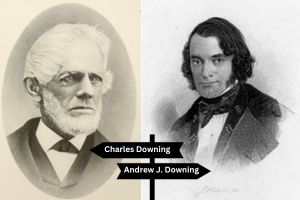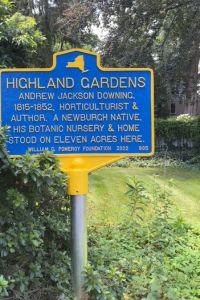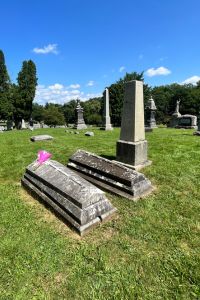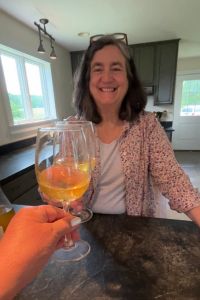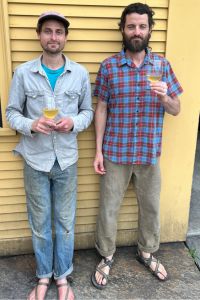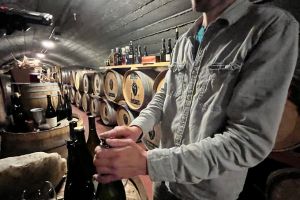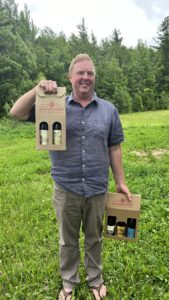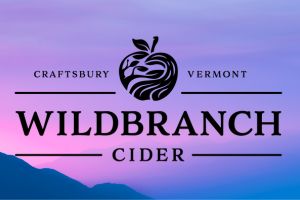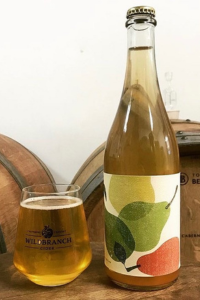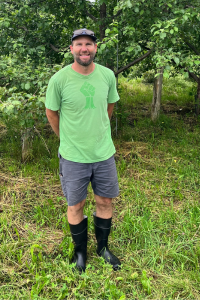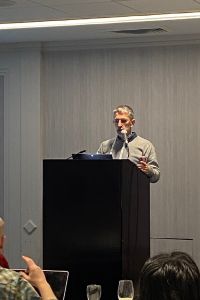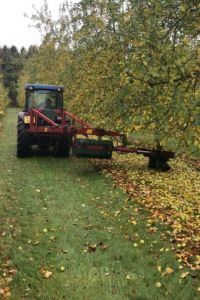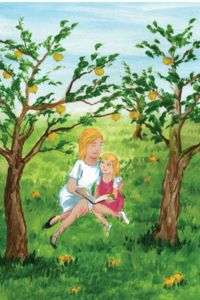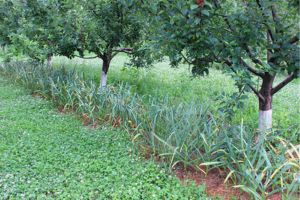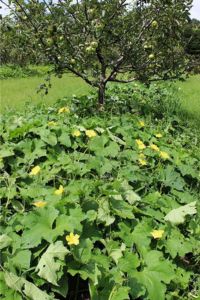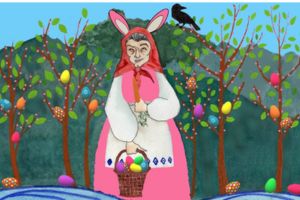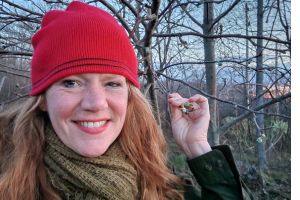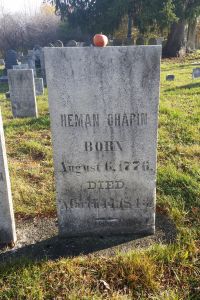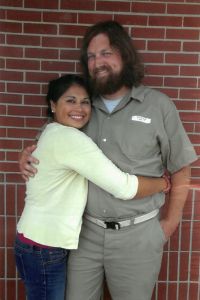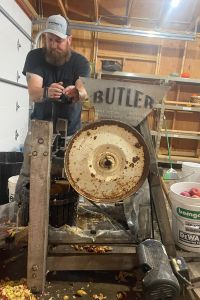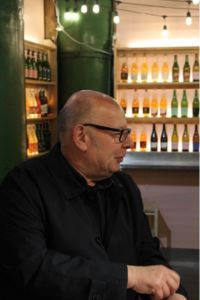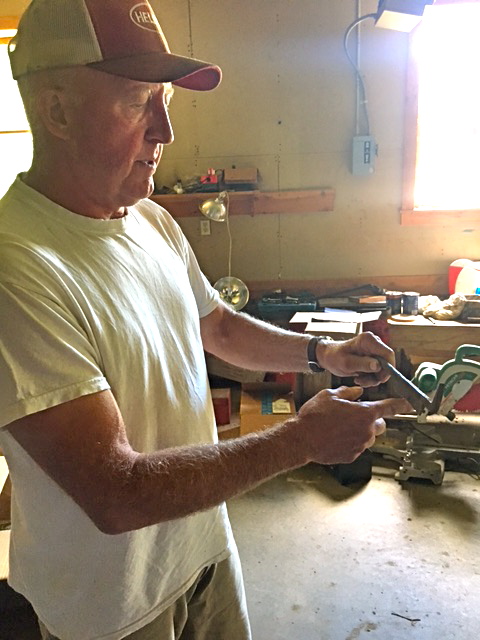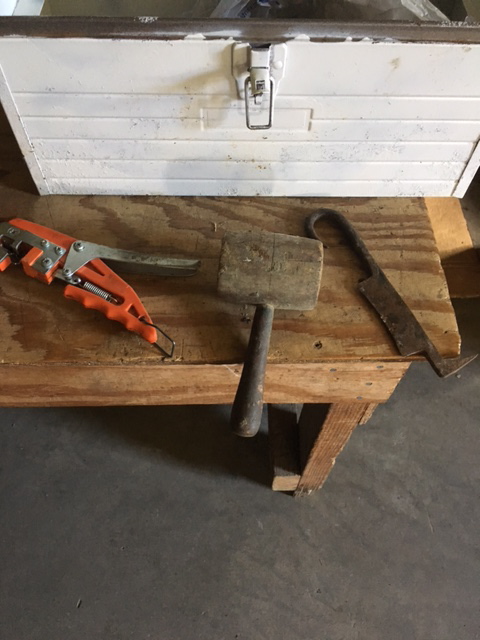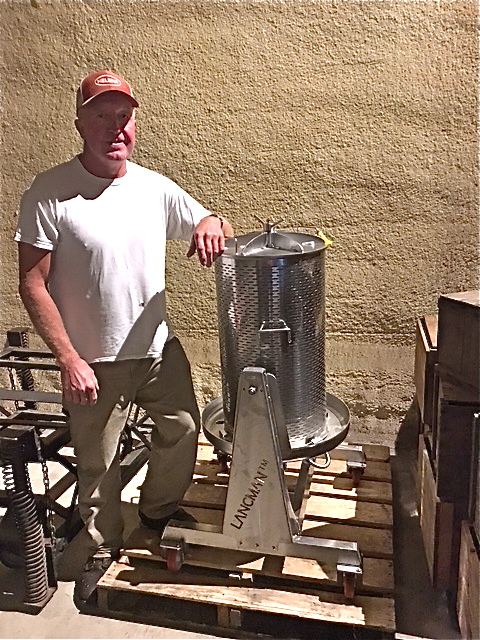Dive into cider making essentials. Learn the importance of pristine equipment and elevate your cider's quality. Ideal for beginners starting their journey.
Tip #1: Understanding the Importance of Sanitation
Sanitation is critical to cider making, because apple juice creates an environment where not just our chosen yeast can thrive, but also where harmful microbes can multiply. And these microbes? They can spoil your entire batch of cider.
"Spoiled" cider produces off-flavors when undesirable bacteria and wild yeast get a foothold. These undesirable flavors can range from a medicinal or band-aid taste, caused by phenolic compounds, to a buttery flavor from diacetyl, or even a vinegar-like sourness from acetobacter bacteria.
And it is not just about taste. Some strains of bacteria, like those producing mycotoxins, can potentially be harmful when consumed. While most off-flavors might just lead to a cider that's unpleasant to drink, certain microbial contaminants can lead to digestive issues or worse. That's why we can't stress enough: Sanitation isn't just for taste; it's for your health and safety too.
Tip #2: Cleaning vs. Sanitizing – Know the Difference
To keep those unwanted microbes at bay, you need to both clean and sanitize. And while they might sound similar, they serve distinct purposes. Cleaning removes visible dirt and residues, whereas sanitizing goes a step further, eliminating or reducing those unseen, harmful microbes that can jeopardize your cider.
Tip #3: Choosing the Right Sanitizer
As you venture into cider making, you'll hear about various sanitizers. Two of the most popular ones are Iodophor and Star San. Both are effective, but they cater to different preferences.
Personally, I lean towards Iodophor. It’s an iodine-based sanitizer, and when used at the correct concentrations, it doesn’t leave any taste or residue on your equipment. There are two big advantages especially for a beginner maker who is watching costs. Iodophor is less expensive than Star San. The amount need to clean a 5 gallon carboy is minimal, so a little bit goes a long way. However, be cautious about staining, as it can leave marks on plastics if left for too long.


Star San, on the other hand, is acid-based. It’s known for its foaming action, which can be useful as the foam can reach nooks and crannies you might miss otherwise. Some fermenters swear by the phrase "Don't fear the foam," because even if some foam is left behind, it won’t harm your brew.


Tip #4: Ensure you’re using your sanitizers correctly.
Both Iodophor and Star San need to be diluted. With Iodophor, typically, a concentration of about 12.5 ppm, or roughly one teaspoon per 5 gallons of water, is recommended. It’s crucial to let your equipment sit in the solution for at least 2 minutes to effectively sanitize.
If you are a beginner make sure to listen to the tips on this episode to hear swish the sanitizer around in a large glass carboy (5-6 gallons) without compromising your back.
With Star San, the usual dilution is 1 ounce to 5 gallons of water. The contact time is also roughly 2 minutes. Always refer to the manufacturer's instructions to get the best results, as improper dilution can either render the solution ineffective or potentially harm your cider.
Tip #5: Clean as You Go - true for Beginner and Seasoned Makers!
Clean as you go, might sound trivial, but it’s a game changer. Whether you’re transferring juice, checking specific gravity, or bottling your finished cider, always clean and sanitize the equipment immediately after use. This practice will not only make the cleanup process less daunting but also reduce the risk of contamination in your next brewing session
Equipment List for Cleaning Cider Equipment

Mentions in this Chat

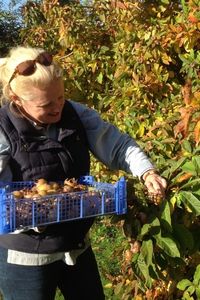 Jane Steward picking Medlars at Eastgate Larder
Jane Steward picking Medlars at Eastgate Larder








